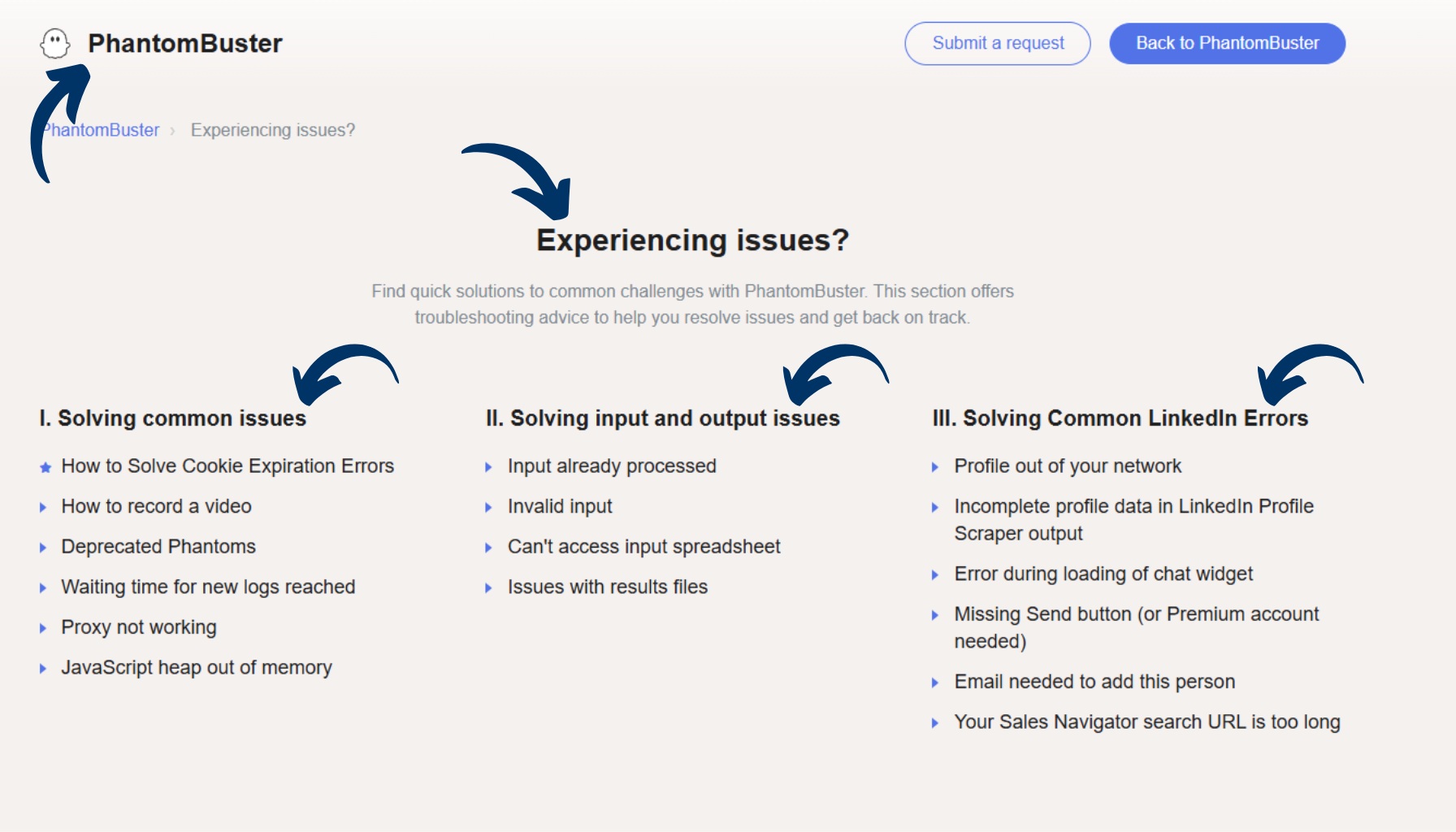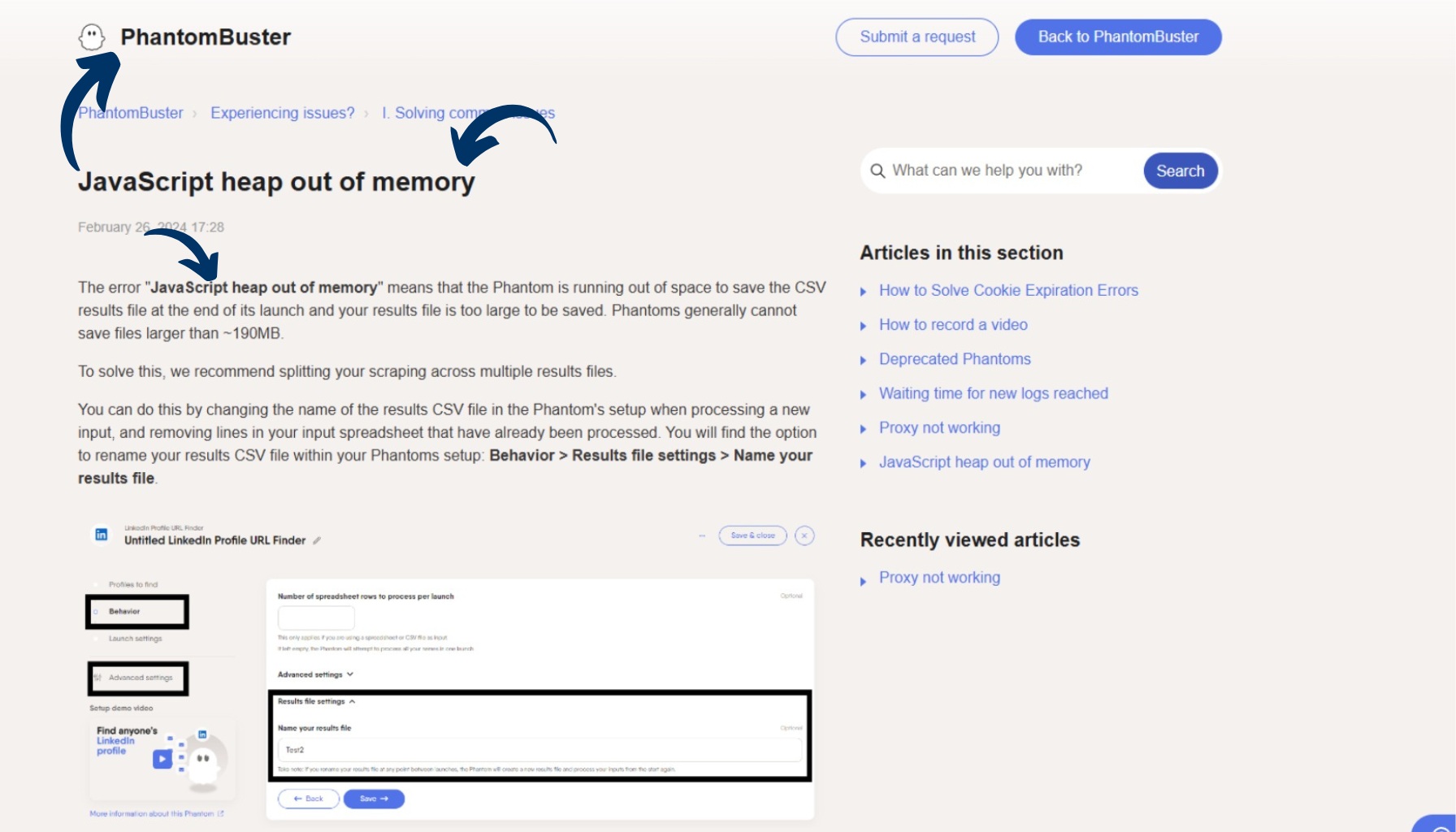
In the fast-paced world of digital marketing and lead generation, automation tools have become the backbone of many businesses’ growth strategies. Among these tools, PhantomBuster has carved out a significant niche, promising to simplify complex data extraction and automation tasks. However, as users dive deeper into its capabilities, they often find themselves entangled in a web of technical challenges that can significantly impact their productivity and results. The landscape of automation is evolving rapidly, with businesses constantly seeking more efficient ways to scale their operations. In this context, PhantomBuster’s suite of “Phantoms” – pre-built automation scripts – has attracted a wide user base.
Yet, the increasing reports of technical issues and bugs have raised questions about its reliability and ease of use. This article delves into the heart of these challenges, exploring the most common problems users face, their impact on workflows, and potential solutions. Whether you’re a seasoned PhantomBuster user or considering it for your automation needs, understanding these technical hurdles is crucial for making informed decisions and optimizing your automation strategies.
Key Facts
- PhantomBuster users frequently encounter technical issues ranging from cookie expiration errors to complex proxy configuration challenges, impacting automation reliability.
- Data extraction inconsistencies and incomplete profile data retrieval are common problems, particularly with tools like the LinkedIn Profile Scraper.
- The platform’s complexity in setting up and chaining Phantoms, combined with rate limitations imposed by target platforms, can significantly hinder automation workflows.

Unraveling the Web of PhantomBuster’s Technical Challenges
PhantomBuster’s promise of seamless automation across digital platforms has attracted many users seeking to streamline their workflows. However, the reality often falls short of expectations, as users encounter a myriad of technical obstacles that can significantly impede their automation efforts. These challenges range from fundamental issues like cookie expiration and proxy configuration to more complex problems involving data extraction inconsistencies and deprecated automation scripts.
The root of these issues lies in PhantomBuster’s core functionality: its interaction with external platforms and data sources. As users delve deeper into the tool’s capabilities, they often find themselves grappling with a complex web of technical hurdles that require constant troubleshooting and adaptation. This section explores the most prevalent issues faced by PhantomBuster users, shedding light on the technical intricacies that can turn the dream of effortless automation into a challenging reality.

Cookie Conundrums and Proxy Puzzles
The foundation of PhantomBuster’s functionality relies heavily on maintaining active sessions with target platforms, making cookie management and proxy configuration critical components of successful automation. Cookie expiration errors are a persistent thorn in users’ sides, often disrupting long-running automations at the most inopportune moments.
This issue is particularly vexing for users who rely on continuous data extraction or engagement processes. Equally challenging are the intricacies of proxy configuration, a necessary evil for circumventing rate limits and access restrictions imposed by target platforms. The complexity of setting up and maintaining effective proxy configurations can be overwhelming, especially for users without extensive technical expertise. The frequency of these issues, with a majority of users reporting proxy-related problems on a monthly basis, underscores the significant impact these fundamental challenges have on the overall user experience and the reliability of PhantomBuster’s automation capabilities.
Memory Overflows and Performance Bottlenecks
As users push the boundaries of PhantomBuster’s capabilities, attempting large-scale data extraction and complex scraping tasks, they often encounter performance limitations that can bring their automation efforts to a grinding halt. The JavaScript Heap Out of Memory error stands out as a particularly frustrating obstacle, typically arising when dealing with extensive datasets or intricate scraping operations. This issue not only disrupts ongoing tasks but can also result in significant data loss and wasted time, forcing users to rethink their approach and segment their operations into smaller, more manageable chunks.
Beyond memory constraints, users frequently grapple with delays in log generation, which hinder their ability to monitor automation activities in real-time. This lack of immediate feedback can lead to inefficiencies in workflow management and missed opportunities for timely interventions, further complicating the automation process and potentially impacting the overall effectiveness of users’ strategies.

The Phantom Menace: Deprecated and Dysfunctional Automations
The dynamic nature of digital platforms presents a constant challenge for automation tools like PhantomBuster, whose ecosystem of “Phantoms” must evolve to keep pace with changes in target platforms. The issue of deprecated Phantoms is a significant pain point for users, as it necessitates frequent updates and adaptations to automation strategies, often with little advance notice. This ongoing maintenance requirement can be particularly burdensome for small teams or individual users with limited resources, potentially offsetting the time-saving benefits that drew them to automation in the first place.
Furthermore, the complexity involved in chaining multiple Phantoms to create sophisticated workflows introduces additional vulnerabilities to the automation process. Each connection in these chains represents a potential point of failure, where errors can propagate and potentially disrupt entire sequences of automated tasks. This delicate balance between the power of complex automations and their inherent fragility underscores the challenges users face in leveraging PhantomBuster’s full potential while maintaining reliable and consistent operations.
Data Extraction Dilemmas
At the heart of many users’ frustrations with PhantomBuster lie the inconsistencies and limitations in data extraction capabilities, particularly evident in popular tools like the LinkedIn Profile Scraper. The incomplete retrieval of profile data is a recurring issue that significantly impacts the reliability and usefulness of the extracted information. With studies indicating that a substantial percentage of profile data is either missed or incorrectly scraped, users are often left with incomplete or inaccurate datasets that require manual verification and supplementation. This problem is exacerbated when attempting to access profiles outside of a user’s network or when interacting with platforms that impose restrictions on data access for non-premium accounts.
The necessity for manual intervention to verify and complete the extracted data undermines the core promise of automation, leading to increased workloads and decreased efficiency. For businesses relying on PhantomBuster for lead generation and market research, these data extraction dilemmas pose significant challenges to the accuracy and completeness of their insights, potentially impacting strategic decision-making and outreach efforts.
Horlio: A Superior Solution to Automation Challenges
While PhantomBuster grapples with these technical hurdles, Horlio emerges as a robust alternative that addresses many of these pain points head-on. Horlio’s approach to LinkedIn automation and engagement is built on a foundation of reliability, ease of use, and comprehensive data extraction.
Horlio’s AI-powered content generation and intelligent automation features ensure that users can maintain a consistent and engaging presence on LinkedIn without running afoul of platform restrictions. The advanced targeting capabilities and customizable AI training allow for more precise and effective outreach strategies.
Perhaps most importantly, Horlio’s focus on compliance and security means users can automate their LinkedIn activities with confidence, knowing they’re operating within the platform’s terms of service. The seamless integration with popular CRM systems and robust analytics further streamline the lead generation and engagement process.
To experience the difference that reliable, intelligent automation can make in your LinkedIn strategy, visit Horlio.com and discover how you can elevate your professional networking and lead generation efforts.
Ready to Dominate LinkedIn?
Transform Contacts into Conversations with Smart Targeting on LinkedIn!
Conclusion
The technical challenges faced by PhantomBuster users highlight the complexities inherent in automation tools that interact with multiple platforms. From cookie and proxy issues to data extraction inconsistencies and the complexities of managing multiple Phantoms, these hurdles can significantly impact the efficiency and effectiveness of automation strategies.
As businesses and professionals continue to seek reliable automation solutions, it’s crucial to consider not just the potential benefits but also the technical limitations and ongoing maintenance requirements of tools like PhantomBuster. Alternatives like Horlio offer promising solutions to many of these challenges, pointing towards a future of more reliable, user-friendly, and effective automation in the digital marketing landscape.
References
- Expandi.io. (2024, September 6). PhantomBuster Review: We tried PhantomBuster for 30 days, and here’s what we found. Expandi.io. Retrieved from https://expandi.io/blog/leadgeneration/phantombuster-review/
- Salesrobot.co. (n.d.). PhantomBuster review: Pros and cons of PhantomBuster. Salesrobot. Retrieved from https://www.salesrobot.co/blogs/phantombuster-review
- Software Advice. (n.d.). PhantomBuster reviews and pricing 2024. Software Advice. Retrieved from https://www.softwareadvice.com/data-extraction/phantombuster-profile/reviews/
- GetApp. (n.d.). PhantomBuster: Reviews, pricing, and features. GetApp. Retrieved from https://www.getapp.com/business-intelligence-analytics-software/a/phantombuster/reviews/
- Salesdorado.com. (n.d.). PhantomBuster review: An in-depth look at LinkedIn automation with PhantomBuster. Salesdorado. Retrieved from https://salesdorado.com/en/linkedin-outreach/opinion-phantombuster/



